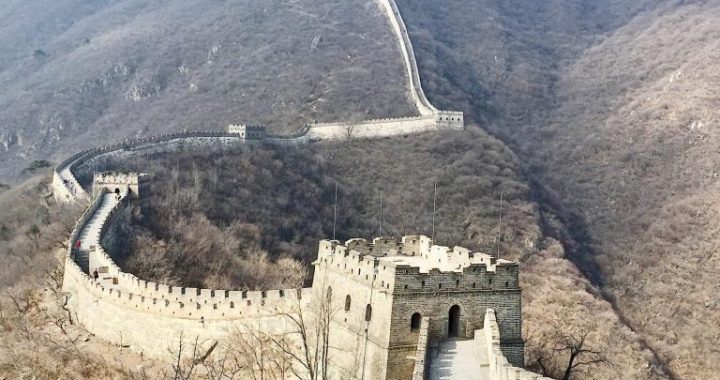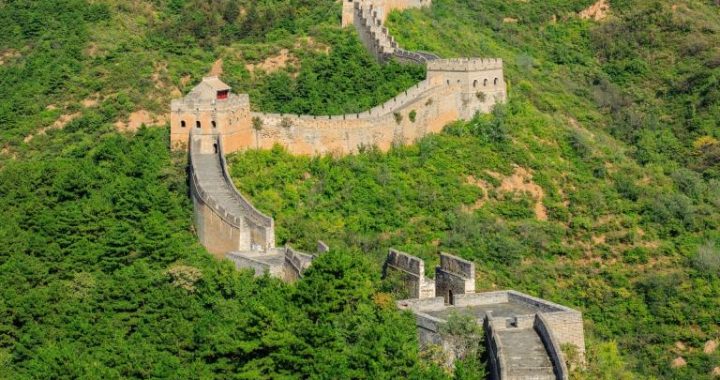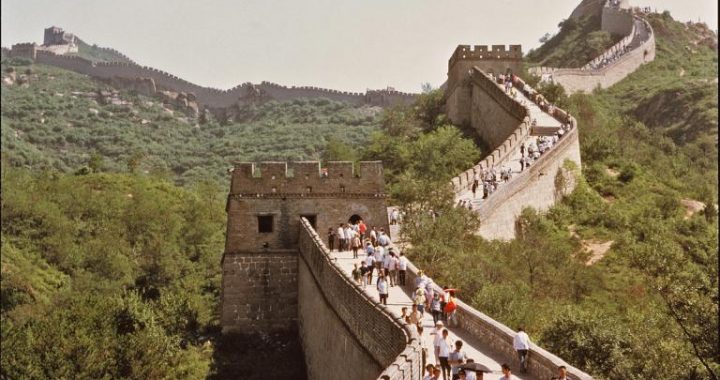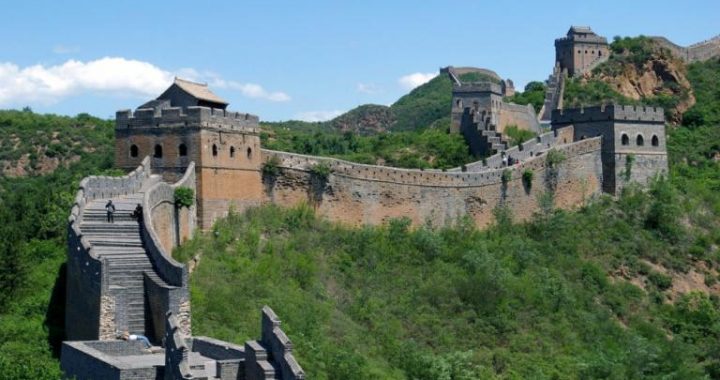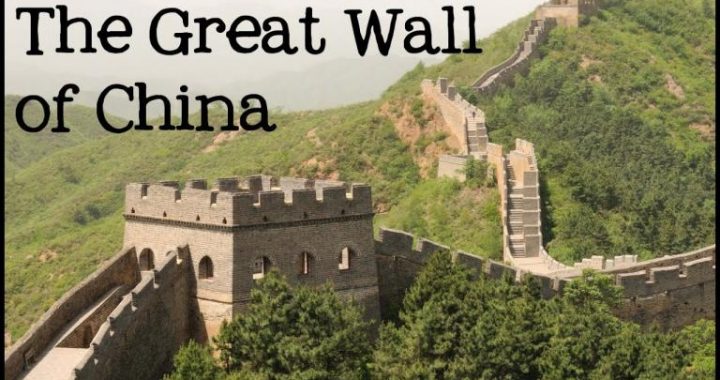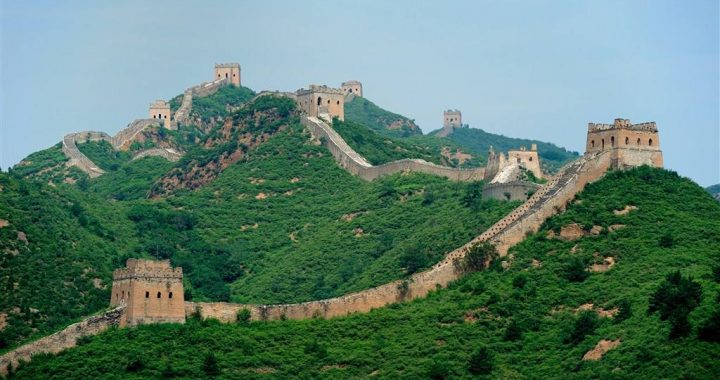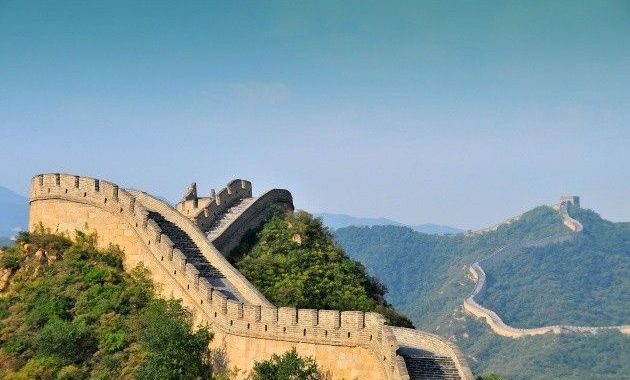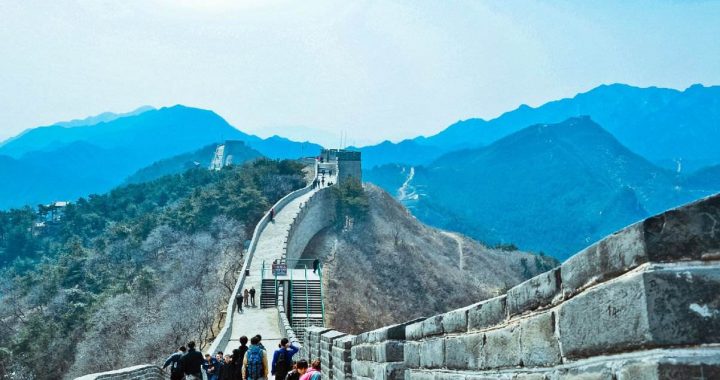King wuling and the Wall of the State of Zhao
3 min readThe territory of the State of Zhao included mostpart of Shanxi province,the northeast of Shaanxiprovince and the south part of Hebei province.It bordered upon the States of Zhongshan and Qi in the east;in the south and west it abutted with the States of Wei,Han and Qin;and it was next to the minorities of Linhu and Loufan in the north and the State of Yan and Donghu in the northeast.The capital of the State of Zhao was Jinyang originally,i.e.the present-day Taiyuan City in Shanxi province;later it was moved to Zhongmu,which was in the west of the present-day Tangyin County in Henan province.In 386 BC,King Jing moved the capital of the State of Zhao,for the last time,to Handan,the present-day Handan City in Hebei province.
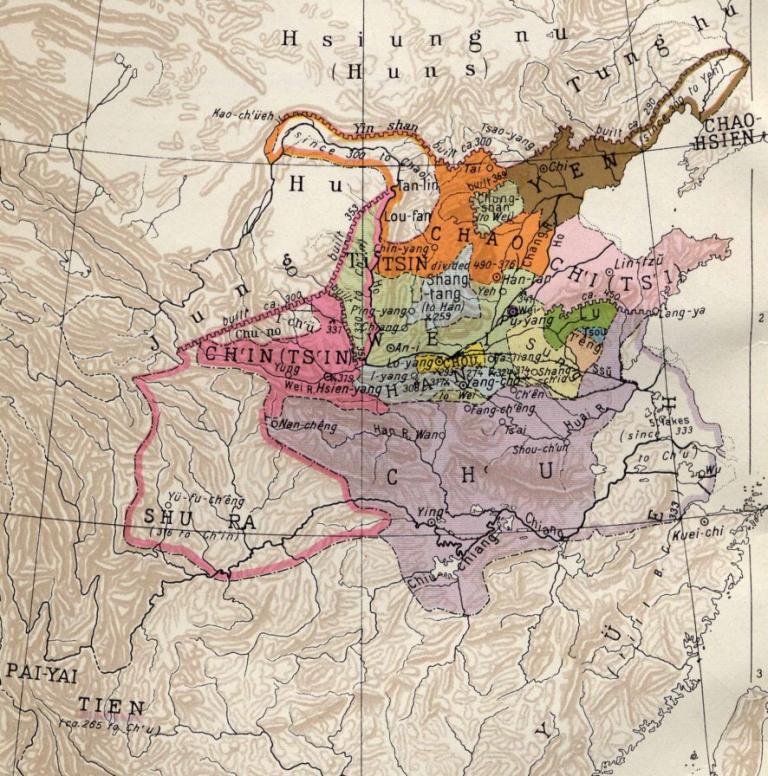
The State of Zhao had two walls,one in the south and the other in the north.The southern one was located on the south border of the State of Zhao,on the north bank ofZhanghe River,which was in the border area of the present-day Hebei province and Henan province. Since it wasbuilt during King Su’s reign (349 BC-325 BC), it was also called Zhao Suhou(King Su) Great Wall, being used to defend against the State of Wei.
According to the records in Historical Records: the Account of Xiongnu, King Wuling was very brilliant since he was young, and he did much work in studying the strategies of the Reforms of Shang Yang of the State of Qin, vowing to make great achievements in his life. The time when he was enthroned(325 BC) was exactly in a period during which all the ducal states were fighting with each other to annex other states and contending for hegemony in the mid-Warring States Periods (475BC-221BC). At that time, although the State of Zhao became much stronger after the elaboration of the predecessors, it was still a weak one among the ducal states. It suffered from the oppression of those powerful ducal states a lot, and pieces of land were encroached by the State of Qin.
Besides, the State of Zhao was neighboring with the nomadic tribes in the north and east of its territory, such as Loufan and Donghu, which harassed the State of Zhao a lot. Facing such kind of conditions, King Wuling thought that they should learn from the Mongols so as to enhance the battle effectiveness of his army. Therefore he tried to change the various customs and traditions of his state; hetook the lead to wear Mongolian clothes and called on the soldiers to practice shooting arrows on horse. In this way, the army of the State of Zhao began to be much stronger, which defeated Linghu and Loufan at last, and its territory reached the States of Yan and Dai in the north and Yunzhong and Jiuyuan in the west. The State of Zhao later set the three prefectures of Yunzhong, Yanmen and Dai; after that, King Wuling ordered to build a wall in the north of the three prefectures, which was known as the Northern Zhao Great Wall in the history.
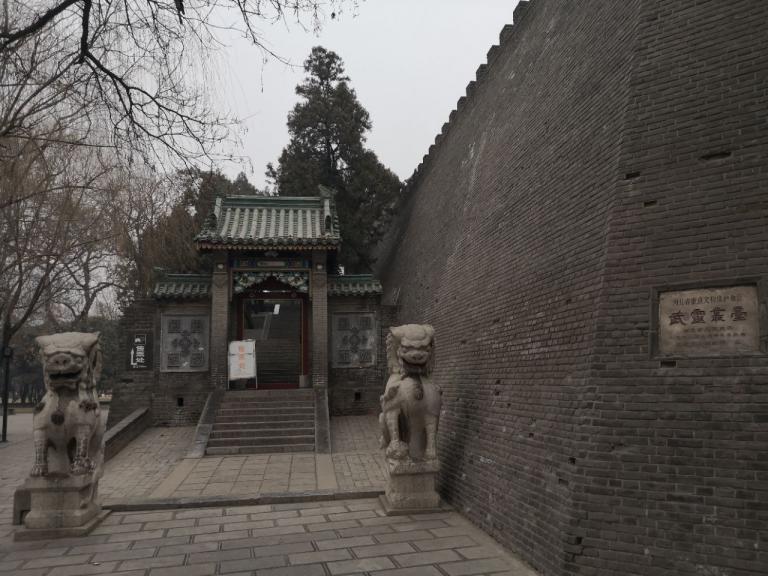
The Northern Zhao Great Wall started from Dai in the east (in the present-day Zhangjiakou in Hebei province), passing Yunzhong and Jiuyuan (in the present-day Baotou city in Inner Mongolia Autonomous Region), and then it turned into Yinshan Mountain from the northwest and reached Gaoque (the gap between Wula Mountain and Langshan Mountain in Inner Mongolia Au-tonomous Region). This Northern Zhao Great Wall had a total length of about 650 kilometer. At present, the sites of this wall built by the State of Zhao are still stretching among Daqing Mountain, Wula Mountain and Langshan Mountain off and on. Later when Emperor Qin Shihuang ordered to build the”Ten-thousand-li Great Wall”, part of this section served as the basis.
Along the wall built by the State of Zhao people also built many fortresses, passes and beacon towers, which formed the solid and in-depth defense system.
